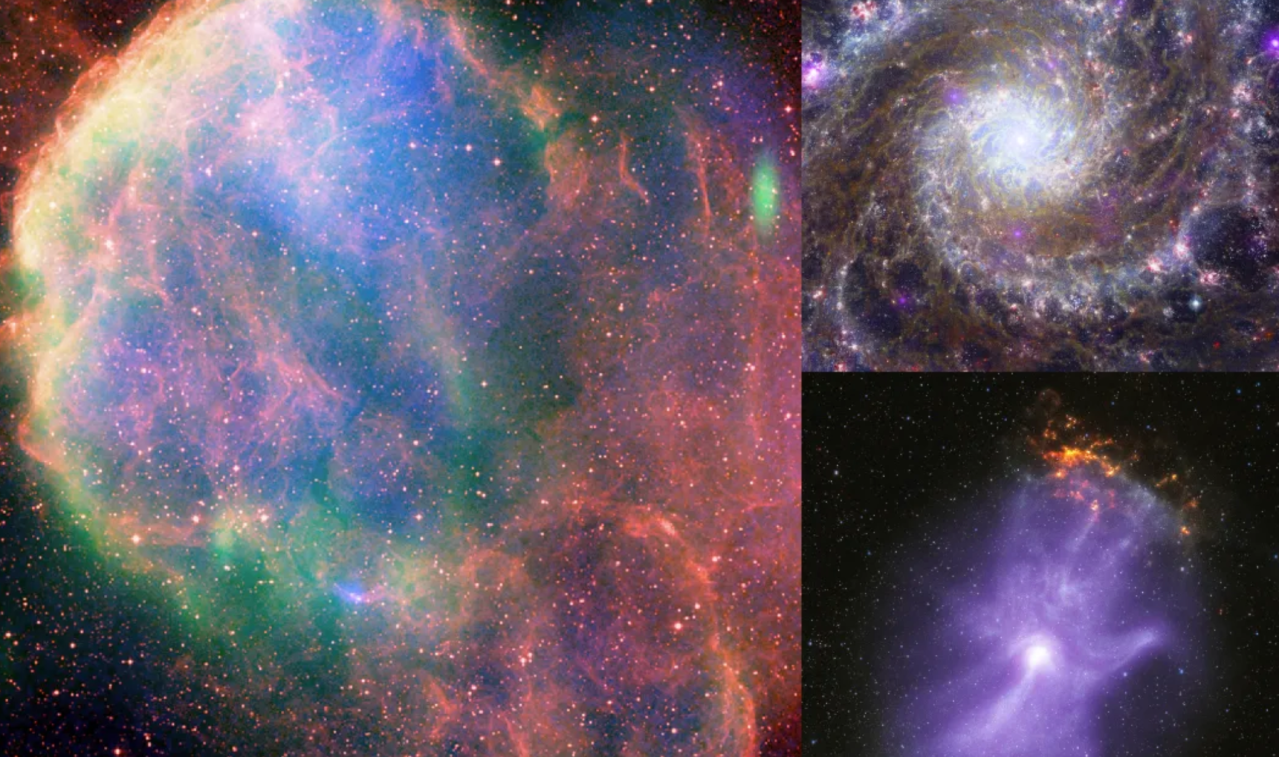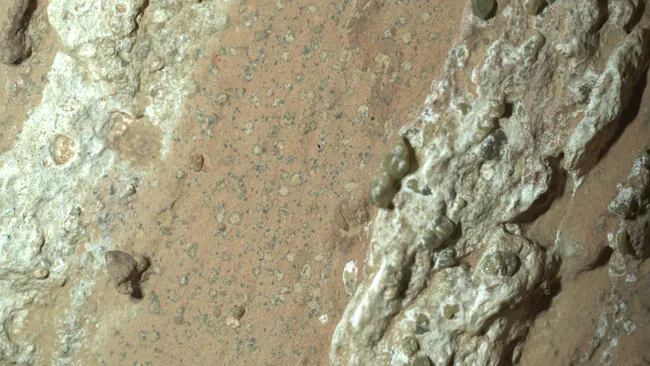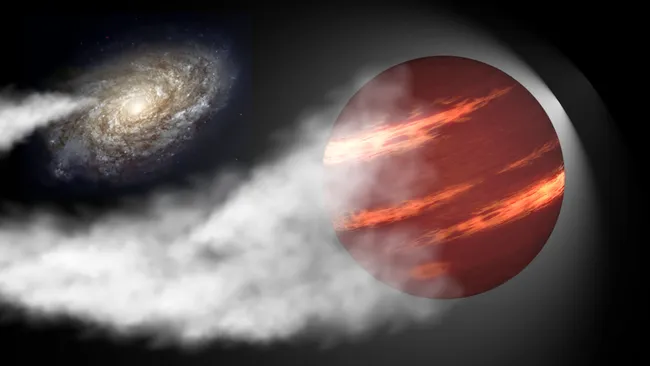Listen to the Universe: NASA's Data Sonification and Documentary
In early 2024, three sonic data sets of images obtained with NASA's Chandra X-ray Observatory and other telescopes were released, along with a documentary about the project debuting on the NASA+ streaming platform.

Data sonification is the process of translating data into sound. In the case of Chandra and other telescopes, scientific data is collected from space in the form of digital signals that are often converted into visual images. The data sonification project takes it through another step that transforms the information into sound.
The three data sets released in early 2024 feature different astronomical objects observed with NASA telescopes.
First up is MSH 11-52. This is a supernova remnant blowing out a spectacular cloud of energized particles shaped like a human hand, as seen with data from Chandra, data from NASA's Imaging X-ray Polarimetry Explorer (IXPE), and ground-based optical data.
M74 is a spiral galaxy like our Milky Way, and this sonication combines data obtained with NASA's James Webb and Hubble space telescopes, as well as X-ray data from Chandra.
The third object in this trio of sonifications is nicknamed the Jellyfish Nebula, also known as IC 443. These data contain X-ray data from Chandra and the now-retired German ROSAT mission, as well as radio data from the National Science Foundation's Very Large Array and optical data from the Digital Sky Survey.
The documentary, “Listen to the Universe,” available in English on NASA+ ( https://plus.nasa.gov/ ), explores how these sonifications are created and offers a profile of the team that makes them possible.
Launched in 2020, NASA’s data sonification project was based on other Chandra projects targeting blind and visually impaired audiences. It has since proven meaningful to that community, but also has an impact on much broader audiences, finding listeners through traditional media and social media in different parts of the world.
“We are very excited to partner with NASA+, along with their collaborators at SYSTEM Sounds, to help tell the story of NASA’s data sonification project,” said Kimberly Arcand, Chandra’s visualization and emerging technologies scientist, who leads the data sonification efforts. “It’s wonderful to see how this project has grown and reached so many people.”
NASA+ is the agency’s new online programming platform, offering viewers videos and other NASA content whenever and wherever they want to access it, including content in Spanish. This new on-demand streaming service is available for download on most major platforms through the NASA app for iOS and Android mobile and tablet devices, as well as Roku and Apple TV streaming media players.
“Data sonification adds a new dimension to the stunning images of space, and makes those images accessible for the first time to the blind and low-vision community,” said Liz Landau, who leads multimedia efforts for NASA’s Astrophysics Division at NASA Headquarters in Washington and who oversaw the production of the “Listen to the Universe” documentary. “I was honored to help tell the story of how Dr. Arcand and the SYSTEM Sounds team create these unique sonic experiences, and the broad impact those sonifications have had.”
More information about NASA's Chandra data sonification project, which is being conducted in partnership with NASA's Learning Universe project, can be found at https://chandra.si.edu/sound/
NASA's Marshall Space Flight Center manages the Chandra telescope program. The Chandra X-ray Center at the Smithsonian Astrophysical Observatory controls science operations from Cambridge, Massachusetts, and flight operations from Burlington, Massachusetts.
NASA's Learning Universe materials are based upon work supported by NASA through Cooperative Agreement Award Number NNX16AC65A with the Space Telescope Science Institute, working in partnership with Caltech/IPAC, the Center for Astrophysics | Harvard & Smithsonian, and the Jet Propulsion Laboratory (JPL).







